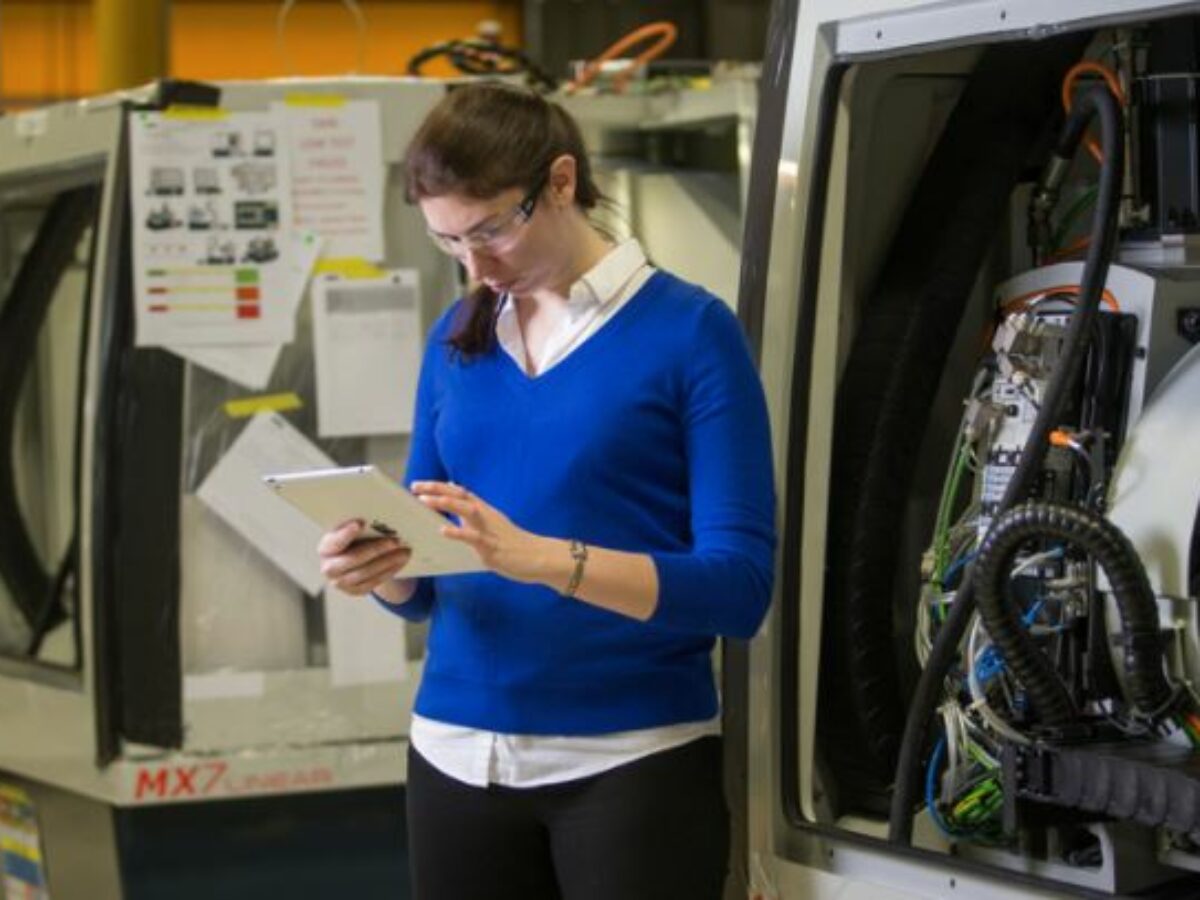Secret report backs industry growth centres, points to under-funding

By Peter Roberts
An initial evaluation report of the six Industry Growth Centres – which has been considered in secret by the federal industry department for seven months or more – has highlighted inadequate funding and the centres’ inability to change the fortunes of the sectors in which they operate.
The key findings of the evaluation by ACIL Allen, which have been seen by this reporter, hammer on three occasions the small scale and lack of funding of the IGCs which condemns their work as useful for the companies which receive support, but making no difference to manufacturing as a whole.
According to the report:
- “In particular, the GC’s lack the resourcing and structures to drive transformational change at a sectoral level…
- “…The IGCI’s funding envelope is small relative to that of comparable international programs such as the UK’s Catapult program…
- And: “…additional funding is required to help GC’s scale.”
While the growth centres are funded to the tune of $50 million a year:
- Each Catapult centre is envisaged to have 30 million pounds of funding annually from core funds, commercial investment and R&D funds
- And the 71 Fraunhofer institutes receive 2.8 billion Euros of public funds annually.
These figures also dwarf the federal government’s manufacturing modernisation initiative of $1.4 billion over four years which is the sum total of our response to the shortcomings in our industry structure highlighted by the Covid-19 pandemic.
The ACIL Allen report also found:
- The growth centres have been open, change-focused, leadership-oriented, adaptable and inclusive
- The centres have successfully leveraged government funding to raise private sector funds for the projects they support, as well as helping raise more than $200 million in equity
- The centres have intensive networks and expertise, and responded with agility to the Covid-19 pandemic
- And the centres have improved outcomes for the businesses they are engaged with.
In summary: “While it is too soon to assess the magnitude of the changes that have occurred, ACIL Allen considers that the growth centres have aimed high and the magnitude of their impact is likely to be large.”
However, remember, the impact is company specific and not sector-wide.
Surprisingly the ACIL Allen findings do not canvas the most telling difference between their design and that of the highly successful Catapult and Fraunhofer institutes.
The growth centres do not have a remit of bringing industry, academia and public sector research to bear on sector issues, and are more akin to grant-dispensing bodies which give valuable, additional support.
In fact one of the centres, MTP Connect has been tapped by health minister Hunt to administer the $150 million Medical Research Future Fund – it is the conduit for handing out grants.
More like the European model is Australia’s highly successful Cooperative Research Centres program, and in our sector the Innovative Manufacturing CRC.
Here is the dilemma.
There are currently growth centres for Advanced Manufacturing, Cyber Security, Food and Agribusiness, Medtech and Pharmaceuticals, Mining Equipment, Technology and Services, and Oil, Gas and Energy Resources.
They have been underfunded, could be better designed to encourage collaboration, yet have given their constraints been highly successful.
The latest federal budget includes $800 million for a future growth centre or successor scheme.
Yet we have a new industry minister – the seventh during the term of the coalition government – who has no background in industry and who is fighting for his political life, distracted by personal issues and court cases.
We have to get the next phase of growth centres right – yet the cards seem heavily stacked against that happening.
Picture: AMGC
Subscribe to our free @AuManufacturing newsletter here.
@aumanufacturing Sections
Analysis and Commentary Awards Defence Manufacturing News Podcast Technology Videos






